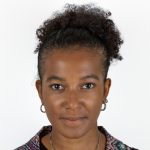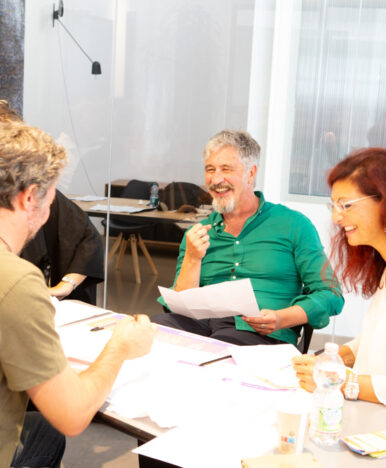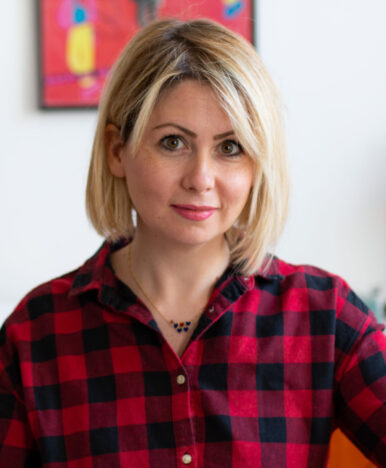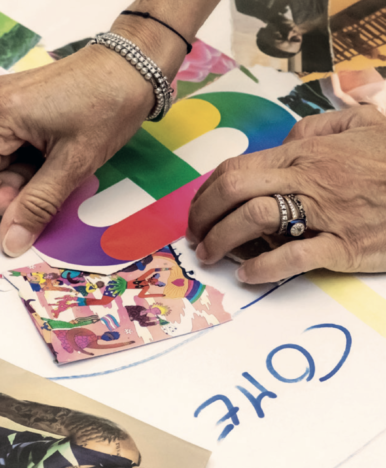Combining Theory and Practice: the Challenge of MIDA and Università Cattolica
Interview Caterina Gozzoli
Caterina Gozzoli, Full Professor of Work and Organizational Psychology at the Faculty of Psychology, is a professor of Clinical Psychology of Groups and Organizations, and Social and Organizational Coexistence. She is also the Scientific Director of the Advanced Training Program “Diversity & Inclusion Makers Executive Program.”
From your many years of work on organizational coexistence and DE&I in companies, how do you see this topic evolving?
The topic of coexistence is very old. Talking about coexistence means addressing an issue that has always been part of our daily lives—namely, living and working with others.
When I first started dealing with it, the focus was more on what coexistence entails, given that it’s an inevitable challenge, and especially on what helps us make coexistence with others more generative, improving the quality of relationships while also enhancing organizational productivity.
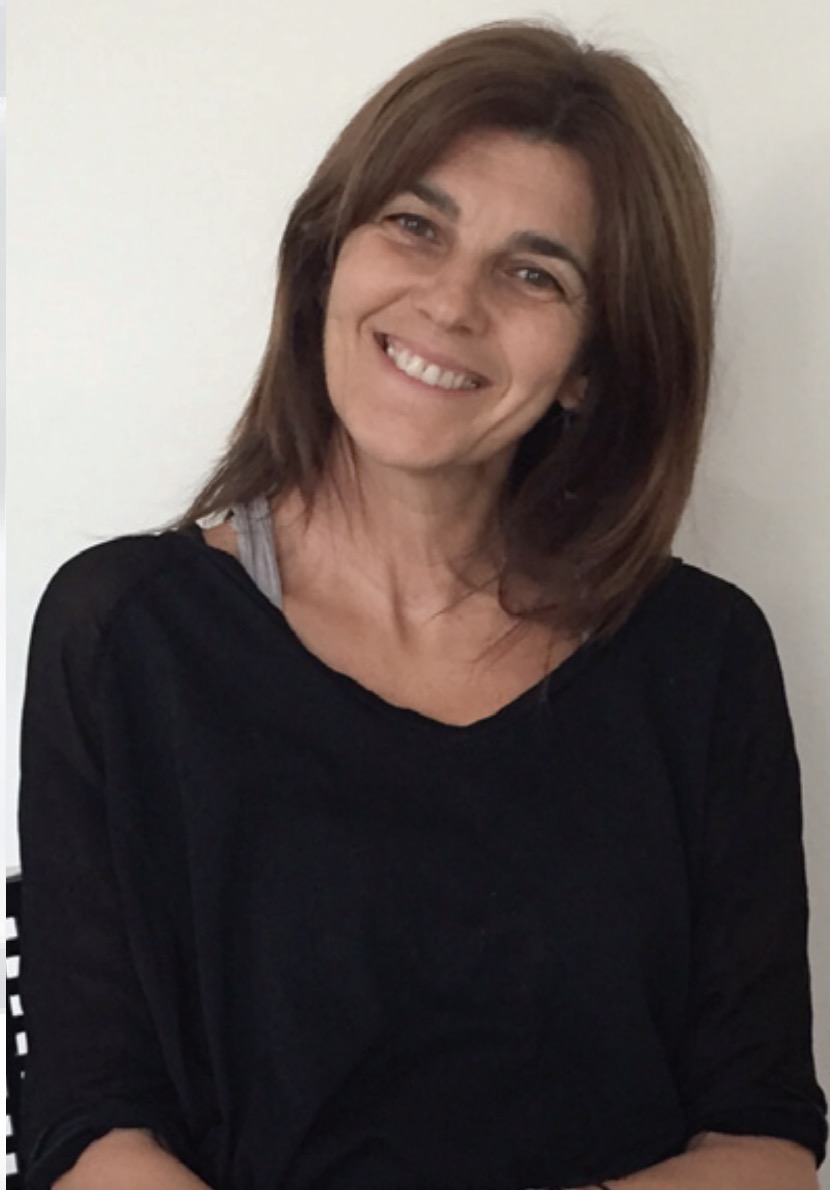
I realized that often coexistence did not consider difference as a value but tended to exclusion. One of the first reflections was that good coexistence seemed tied to a dimension of homogeneity and similarity, making us better able to establish strong bonds and share values, solutions, visions, and practices.
This intrigued me because, in my view, coexistence immediately brings up the theme of otherness and difference. However, this otherness seemed tamed or made similar, with obvious advantages in terms of functionality within organizations and society, allowing for swift action and shared visions. But by monitoring this issue, we observed that in some organizational situations, sudden ruptures occurred, as if something hidden or unacknowledged exploded, generating destructive conflicts.
This led us to reflect on difference: was it ignored or unseen? The question then evolved into whether it was possible to eliminate difference, and we got various answers.
In some cases, difference was assimilated, losing its disruptive quality, allowing for more order and alignment. But in the face of increasingly unpredictable and fast-moving markets, this homogeneity was no longer a value. In other cases, difference was not assimilated but suppressed, leading to explosive conflicts or the expulsion of those who diverged, with significant organizational costs.
How did you handle these perspectives and organizational experiences in your research?
We decided to explore the different forms of difference present in organizations: assimilated difference, expelled difference, and one that, under certain conditions, could generate productivity and innovation. Our perspective shifted, observing the evolution of some organizations in seeing coexistence not as something automatically linked to relationship quality or difference management but as a challenge requiring competence, a focused approach, and comprehensive sensitivity.
We observed a trend where diversity began to be considered an intrinsic value, although this view can sometimes seem superficial. It is undeniable that diversity is an unavoidable and fundamental aspect of our existence, but saying that it automatically adds value is misleading. Diversity only becomes valuable when managed under certain conditions, which are dynamic and variable. It does not automatically confer an advantage in every context, but it can when it fosters exchange and collaboration toward well-defined goals.
This shift in perspective—from considering diversity as a non-issue to recognizing it as crucial—has prompted organizations to reflect on how to integrate it effectively. However, some initiatives, although well-intentioned, have paradoxically reinforced internal divisions by categorizing people and potentially reinforcing stereotypes instead of promoting inclusion.
In Italy, for example, we’ve seen a shift from almost total indifference towards diversity to an approach that celebrates it. However, this is often done through targeted actions which, while raising awareness, risk further isolating and segmenting individuals.
What is the challenge for organizations today?
The real challenge today is to identify conditions that allow diversity to become a true driver of innovation, generating new ideas, practices, and approaches. This means going beyond the limited view of diversity as something to be “managed” through labels or categories and recognizing that each of us brings our own uniqueness on many levels: personal, group, and organizational.
The goal is no longer simply to include but to value every individual in the workplace, allowing everyone to contribute their vision and skills.
In this evolving scenario, I see growing, albeit still fragmented, efforts towards creating truly inclusive work environments. This requires an approach that integrates diversity into the core of the organization, influencing every aspect of business life—from marketing to social responsibility, from human resource management to strategic decision-making.
Diversity should not be seen as an accessory but as a fundamental element that positively enriches and complicates organizational dynamics, driving deep and constructive change.
If you were to give advice to someone responsible for DE&I in a company today, what would you advise against, and what would you recommend?
I would advise against promoting difference as inherently positive, while still acknowledging its necessity. Instead of launching isolated initiatives, such as “women leader” courses that overlook the involvement of men, I would suggest adopting an approach that recognizes the complexity of difference and the need for everyone to make a concerted effort to manage it.
It is crucial not to reinforce the stigmatization of groups considered vulnerable, but to work on communication that values everyone’s contribution, avoiding segmenting initiatives in ways that might inadvertently strengthen differences.
Any initiative should be part of a broader human resources and management strategy, not relegated to the realms of communication, marketing, or corporate social responsibility alone.
Why?
It’s not inherently wrong, as long as these functions are closely tied to decision-making processes. Problems arise when they aren’t treated as part of a process—when these functions are seen as endpoints or operate autonomously.
It depends on how marketing is integrated within organizations, but unfortunately, from my point of view, marketing and communication often operate outside the core decision-making processes, which is a missed opportunity.
Not because they aren’t fit for that role, but because they tend to be more distant from key decisions, even more so than HR, which theoretically should be closer but often isn’t.
Over the past year, Mida and Università Cattolica (particularly ASAG) have continued research through the “Diversity & Inclusion Makers Executive Program,” an advanced training program for DE&I leaders. What have you observed after the first edition?
The goal of improving reality through innovative proposals is always a challenge. We tried to reverse the traditional way of understanding differences, and this remains an ongoing experiment.
I’m satisfied because we’ve tackled resistance and long-standing views, but we’ve also seen that changing perspectives opens up many possibilities.
It’s important to create a support network among participants to help each other generate change, considering that organizations, like people, have natural defenses against difficult topics.
This program aimed to generate a different culture, not just through training but also as a laboratory for shared work and thought.
Thank you to Caterina Gozzoli, Full Professor at Università Cattolica and Scientific Director of the Advanced Training Program “Diversity & Inclusion Makers Executive Program”.

Interview excerpt from the article published in HBR Italia, “Inclusion Makers: DE&I Governance in Italy, in collaboration with Università Cattolica” by Shata Diallo and Maurizio Castagna.
